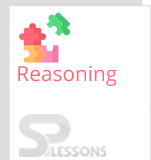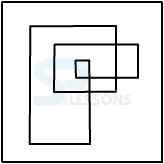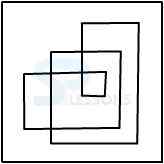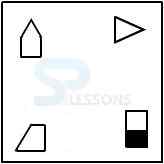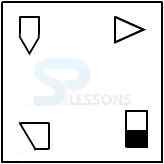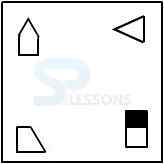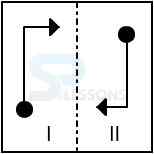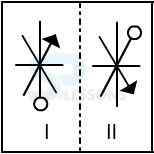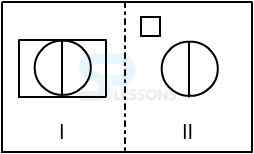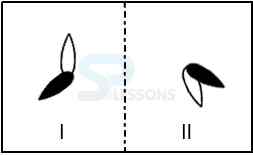 Introduction
Introduction
Analogy is primarily used for "comparing or identifying similarities". In Non Verbal Analogy questions, a pair of objects that have a certain relationship are given with a missing object. The answer choices will have one object that is similar in structure/pattern/meaning to the objects provided in the question. Test Takers have to determine the relationship between the objects in the question, in order to find the missing object.
It is easy to identify analogies for objects rather than patterns as the relationship between objects is less abstract than between patterns.
Reasoning Ability -BANKING|SSC|RAILWAYS|INSURANCE|RECRUITMENT EXAMS – EBOOKS
 Concept
Concept
Non Verbal Analogy - Types of analogy:
- Choosing one element of a similarly related pair.
- Choosing the set of similarly related figures.
- Choosing the set of unrelated figures from a group of sets of similarly related figures.
- Choosing the odd relationship.
- Detecting one element of each of the two related pairs.
- Detecting the relationship and choosing the correct substitute.
 Samples
Samples
1. Figures 1 and 2 are related in a particular manner. Establish the same relationship between 3 and 4 by selecting a figure from amongst the five options, which would replace the question mark in figure 3. (Bank Clerical 2004)
-
A.
B.
C.
D.
E.
-
A.
B.
C.
D.
E.
